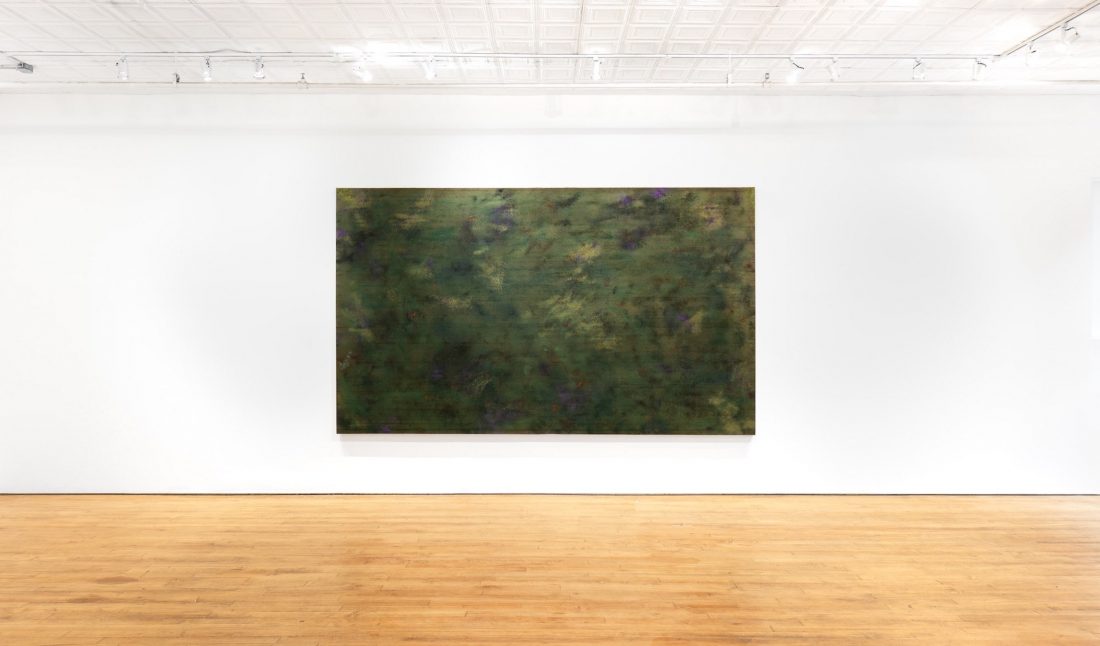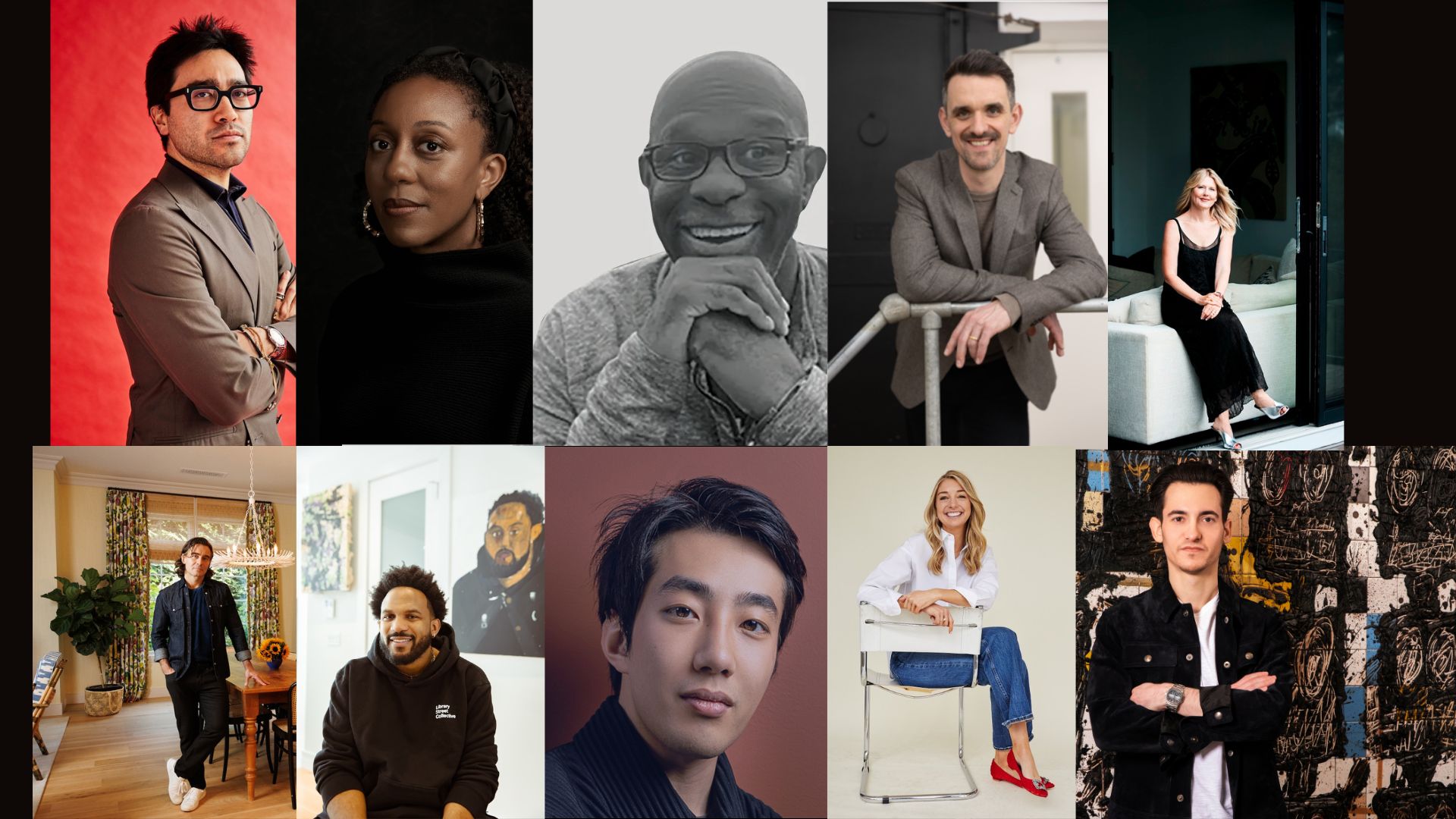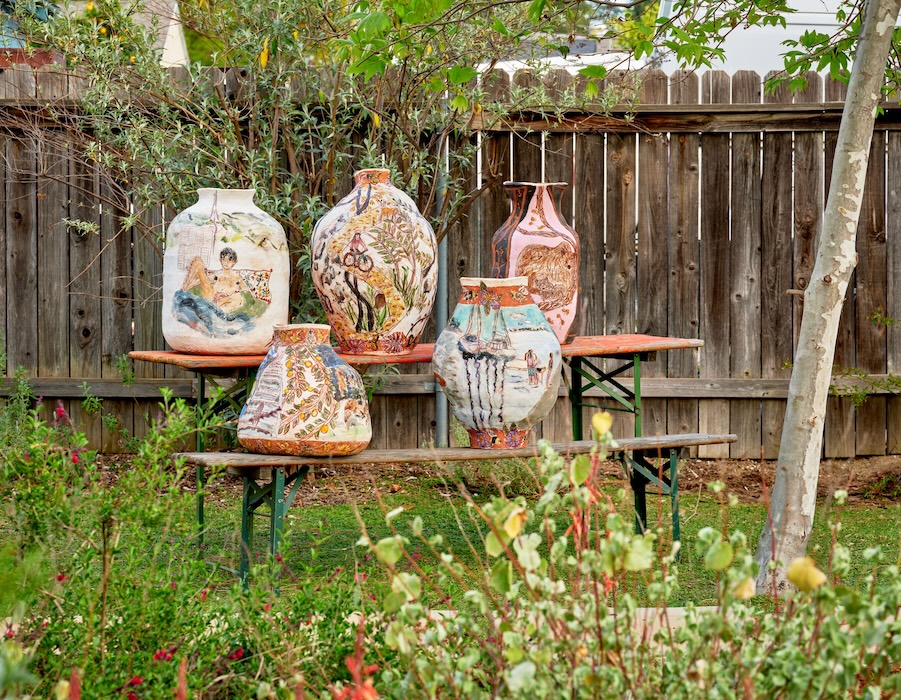Last week in New York, Storage Gallery opened its latest exhibition titled “Then & Now: 1970–2024” by the local contemporary artist Jeff Way. On view through October 5, the solo presentation celebrates Way’s work over nearly seven decades, featuring historical and new paintings he’s made in his TriBeCa home and studio for over 50 years. Several included in the show are from Way’s “Eccentric Squares” series, which offers a new look at the distinct lines of grids through decentered squares.
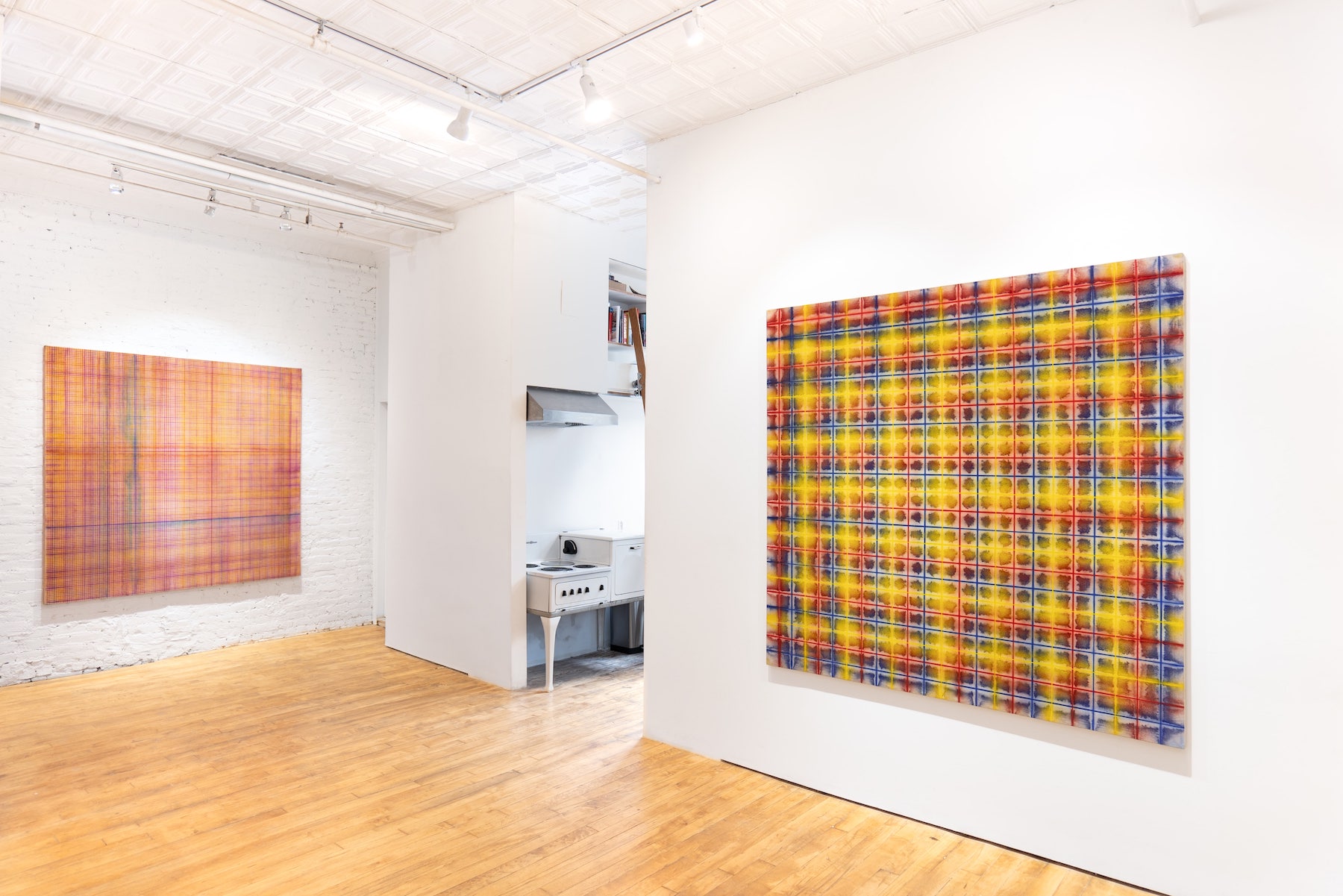 Installation view of Jeff Way’s exhibition “Then & Now: 1970–2024,” courtesy of Storage.
Installation view of Jeff Way’s exhibition “Then & Now: 1970–2024,” courtesy of Storage.
Through his work reframing these squares, initially canonized by artists like Piet Mondrian and Sol Lewitt, Way’s work challenges expectations and visually encourages viewers to reconsider the role of grids in abstract arrangements.
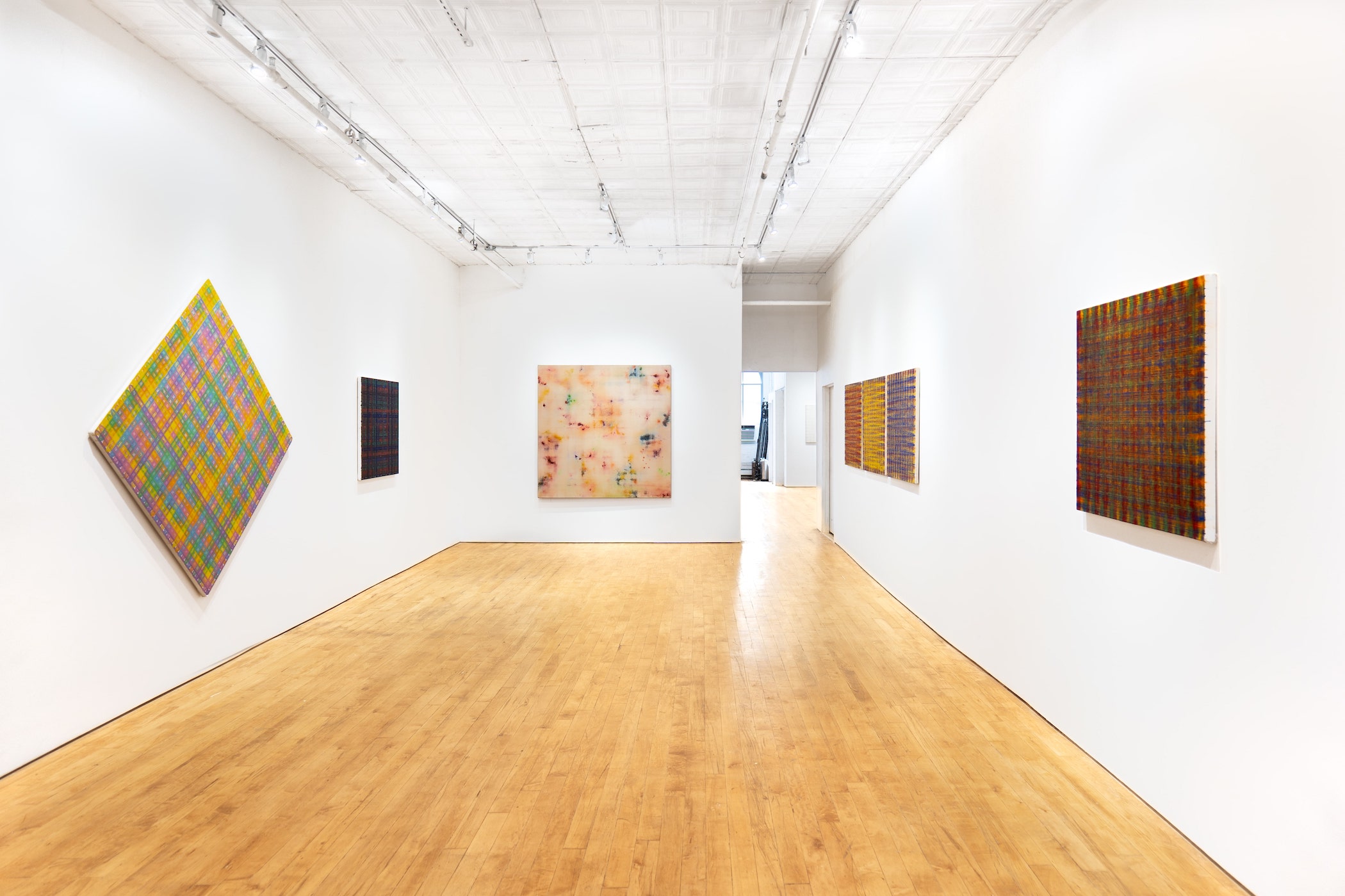 Installation view of Jeff Way’s exhibition “Then & Now: 1970–2024,” courtesy of Storage.
Installation view of Jeff Way’s exhibition “Then & Now: 1970–2024,” courtesy of Storage.
Organized by Storage’s Founder and Director, Onyedika Chuke, “Then & Now: 1970–2024” supports Storage’s ongoing mission to honor the legacies of intergenerational artists whose work inspires and challenges the boundaries of contemporary art.
Whitewall spoke with Chuke—an artist turned dealer and gallery founder—about establishing a space that embodies his ethos of what it means to create, exhibit, sell, and collect art, and how Way’s latest presentation perpetuates Storage’s message.
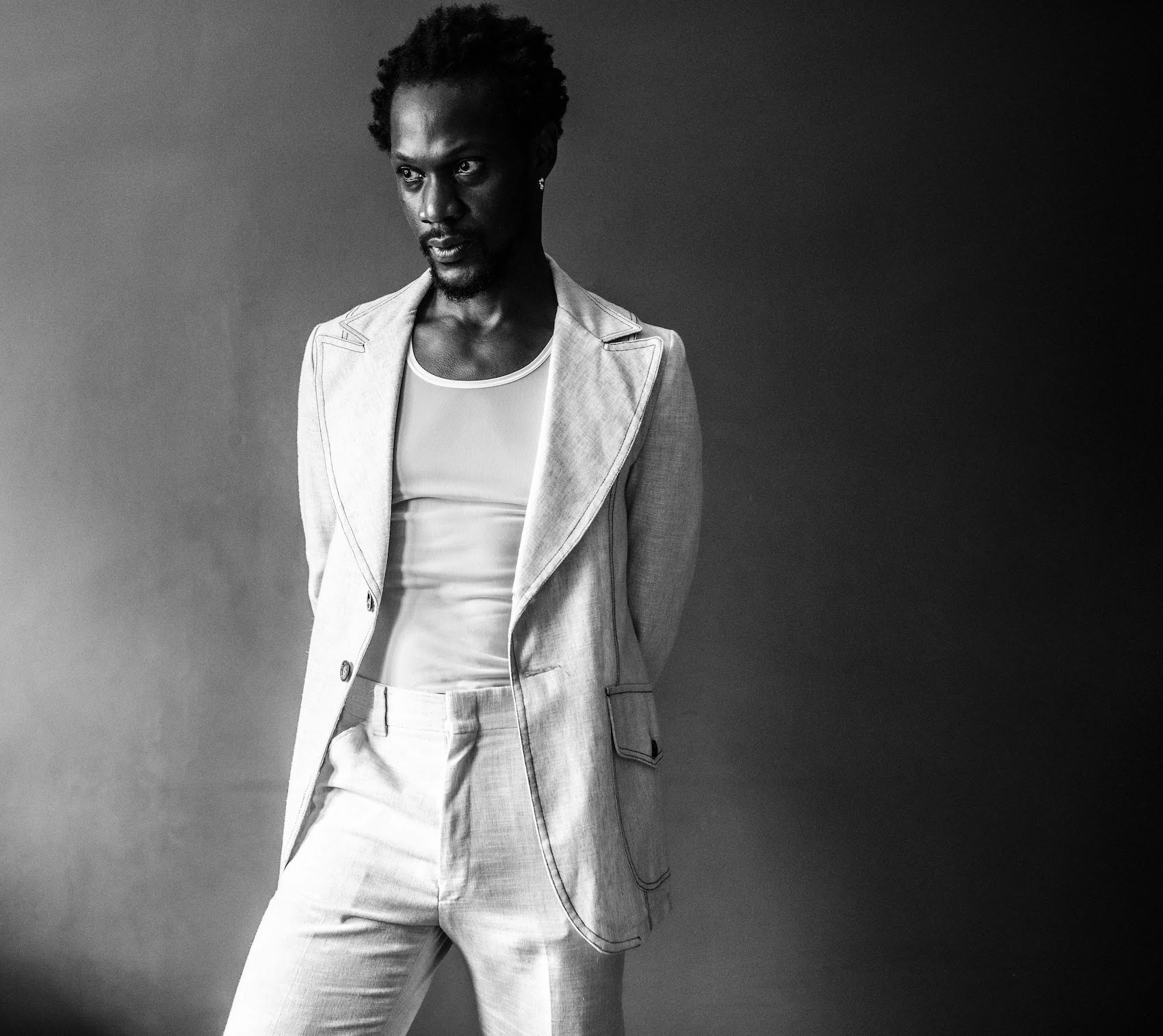 Onyedika Chuke, portrait by Michael Avedon.
Onyedika Chuke, portrait by Michael Avedon.
The Story Behind Opening Storage
WHITEWALL: The first time we visited Storage, you were personally renovating it, and painting the walls that day. Since then, the space has turned into a full-blown gallery. Can you share with us the story of how you found the gallery’s space, why you physically renovated it, and what it’s like now?
ONYEDIKA CHUKE: In 2022, I had been away from art dealing for a year. After completing a massive sculpture project, I realized that I really missed the camaraderie with artists and fellow gallerists, so I started looking for a space. It was 4 a.m. when I found a listing for an office space (which became my gallery) on Craigslist and I connected with the realtor, whom I immediately met with the next day. It was a 2,500-square-foot office loft, with a bar (where my office is now), massive kitchen, and a bathroom located in the middle of the loft. The floors were painted white and the light in the space was obscured by cubicles.
I was not able to obtain a loan for the renovation, and the gallery did not—and still does not—have any backers. I was, however, used to various construction projects due to my stint as a super when I was 18 and 19, and seasonal day laborer after graduating from Cooper Union in 2011, so I decided to move forward and renovate the space myself.
Since my inaugural TriBeCa exhibition almost two years ago, the audience has grown exponentially as we focus on primary and secondary market holdings. Yet, the blue collar aspect of the gallery remains the same as I endeavour to couple an ambitious work ethic with nuanced sensiblity of sales and curation to ensure that we continue to grow. The gallery opened in 2022 during a massive decline in the art market, making it essential to uphold the values that have brought us this far.
“I decided to move forward and renovate the space myself.”
–Onyedika Chuke
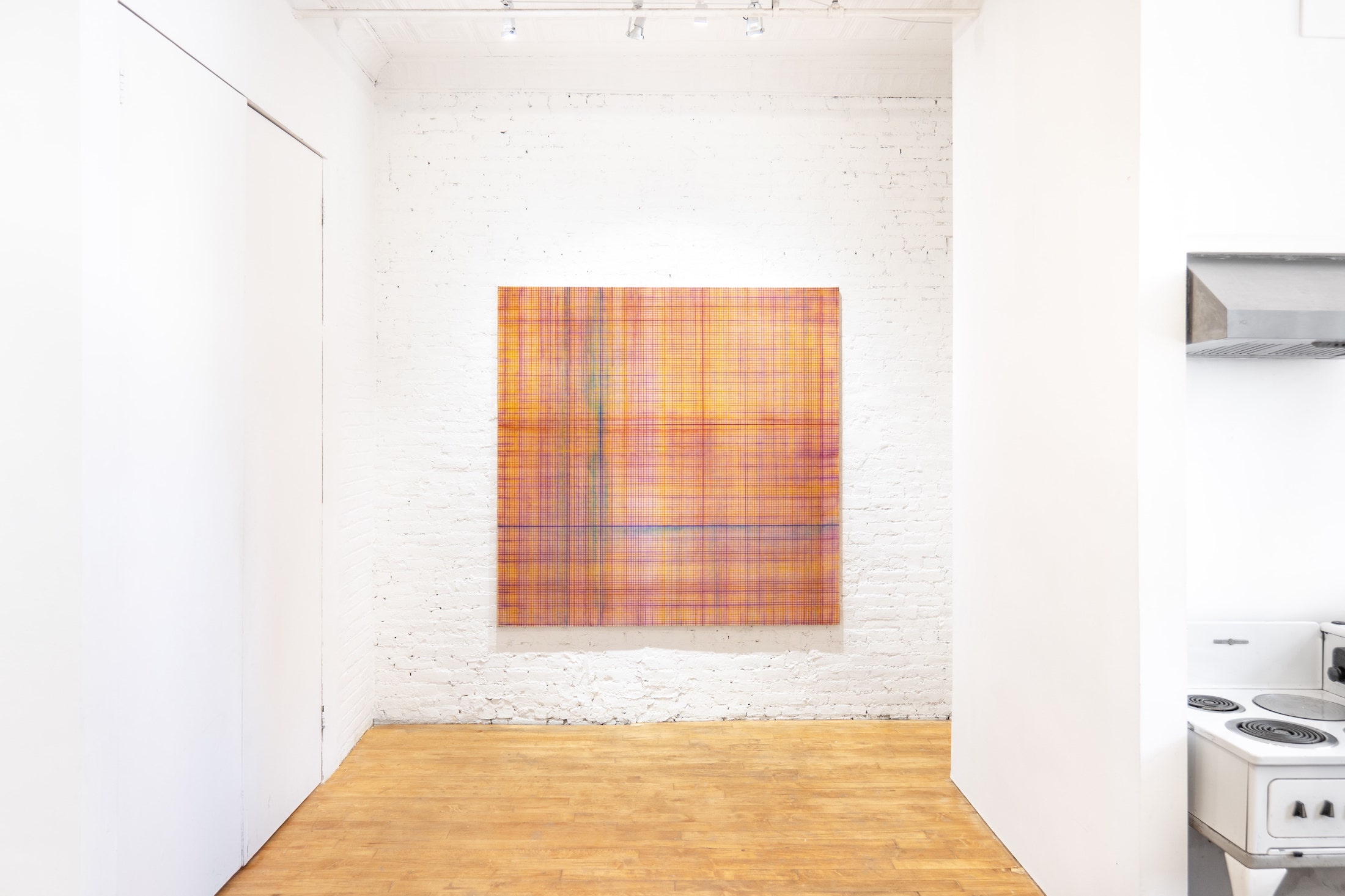 Installation view of Jeff Way’s exhibition “Then & Now: 1970–2024,” courtesy of Storage.
Installation view of Jeff Way’s exhibition “Then & Now: 1970–2024,” courtesy of Storage.
Renovating a TriBeCa Gallery
WW: What was it like to renovate the gallery yourself? What was the physical labor like?
OC: Building out the space was by far the most difficult endeavor in my professional life, demanding 18-to-20-hour work days for 5 months. I demolished the walls with a shovel (faster than using a sledgehammer), gathered 3-tons of rubble, and carted renovation tools from Home Depot through the NYC subways. I ran out of money to rent a truck.
As the first exhibition opened on September 9, 2022, I was dressed in shorts and covered in dust, but quite happy to have an audience looking at art with me again. The renovation was gruesome but well worth it, I think.
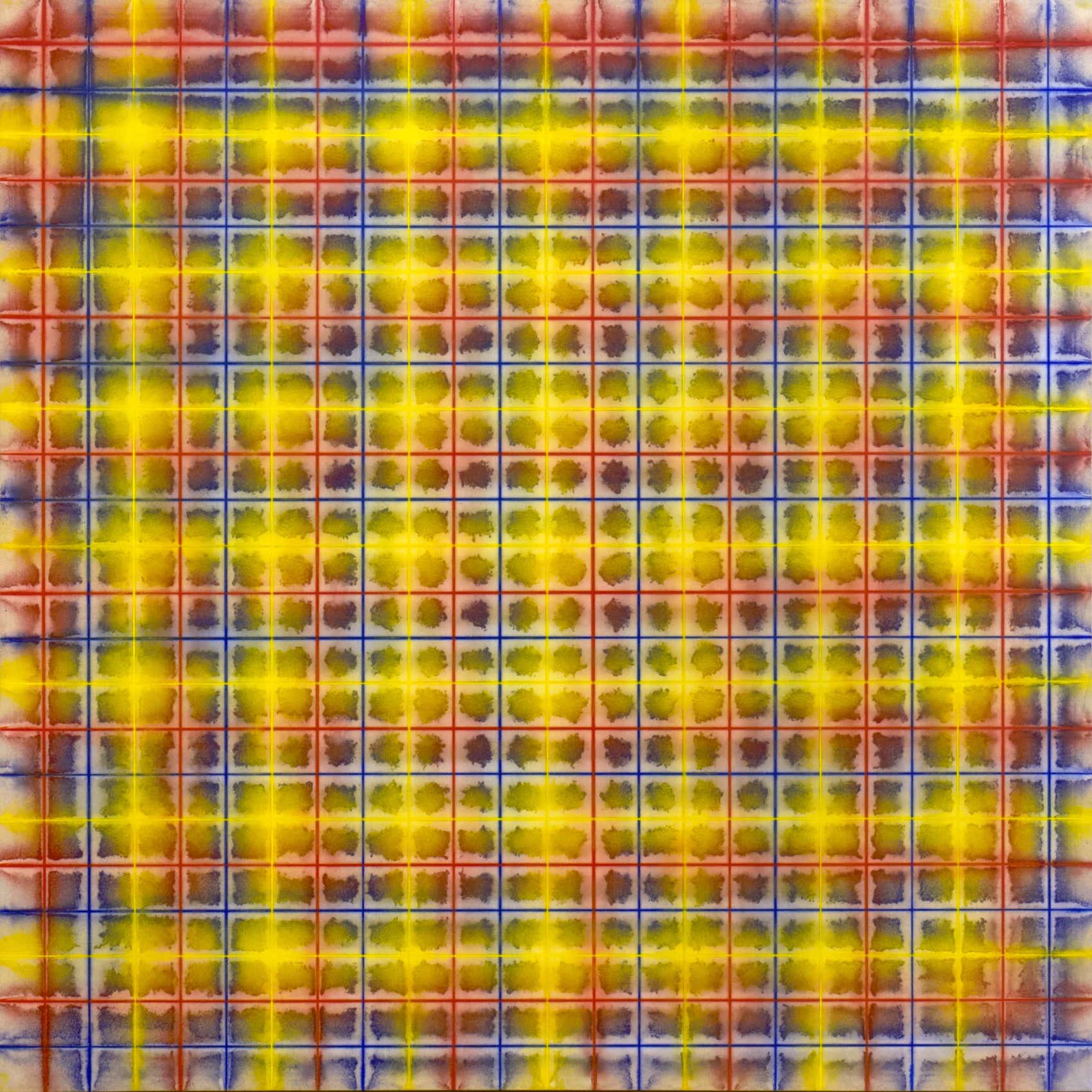 Jeff Way, Primary Variations 5, 1973, Pigment and Acrylic Medium on Canvas, 72 x 72 in.
Jeff Way, Primary Variations 5, 1973, Pigment and Acrylic Medium on Canvas, 72 x 72 in.
Bridging Business and Community
WW: You are an artist turned gallerist, and still practice art-making. When did you know you wanted to create a physical space for others?
OC: In an industry that often places commercial success above community engagement, I see my role as a bridge between the two. My experiences as a dealer in secondary market, activist, sculptor, and educator have given me a deep understanding of the power of art as a tool for social change. This understanding was crucial in shaping my decision to turn Storage Projects into a gallery that isn’t just about selling art—it’s about creating a space where artists and communities can grow together, challenging the norms of what a gallery can be.
Predating Storage was Storage Projects, founded in late 2020-21, it started as a live-work project space in my basement-level artist studio located in Chinatown, New York. The space was reinforced by my experience working with Susan Sheehan Gallery (2007-18). For eight months, Storage Projects showed work by other artists—such as Rick Lowe, Leslie Hewitt, William Cordova, and Alicia Grullon—while also working on my own projects in the space’s connected living area.
I quietly closed the space in February 2021 to recenter myself, and to complete a sculpture project. During that process, I realized a desire to work with artists long term, and this pushed me to develop the project space concept into a gallery, specifically one that could foster a culturally diverse roster of artists and apply almost 20 years of experience in art sales, education, and art making.
“The power of art as a tool for social change.”
–Onyedika Chuke
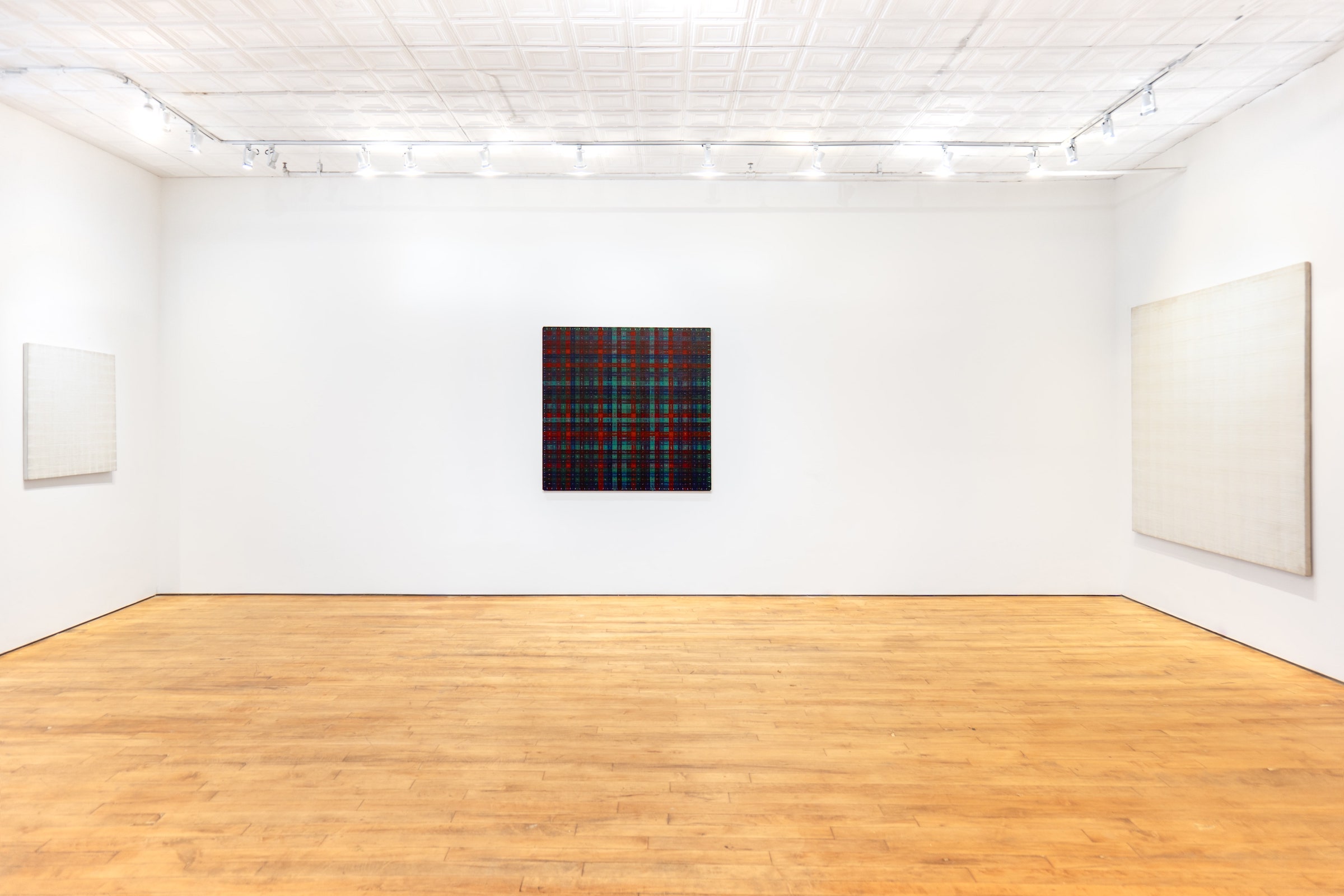 Installation view of Jeff Way’s exhibition “Then & Now: 1970–2024,” courtesy of Storage.
Installation view of Jeff Way’s exhibition “Then & Now: 1970–2024,” courtesy of Storage.
WW: Much has changed since Storage’s early days, but how has its ethos stayed the same?
OC: We have always been a blue-collar, DIY, personable, ambitious project, and these values continue to guide us.
WW: How does the gallery fuel your passion and appreciation for art, differently than when you were solely making and not exhibiting?
OC: At the time Storage was founded, I was already familiar with the needs of artists and collectors. I began working in the commercial art world in 2007 with Susan Sheehan, a dealer in the secondary market, while attending Cooper Union with artists such as Eric Mack, Tomashi Jackson, Avery Singer, and Lucien Smith. My desire was to create a very hands-on and sensitive approach to artist representation by coupling knowledge of the secondary market, which I gained working with Sheehan, with my own experiences as a maker who has exhibited projects with institutions.
Running the gallery fuels my passion and appreciation for art differently than solely making it because I engage more deeply with art history and the creative processes of other artists. I get to support the growth and transformation of artists and art workers firsthand. For instance, the mentoring program at the gallery, Application Readiness & Technique (ART), is one way we’re weaving social practice into the fabric of our gallery.
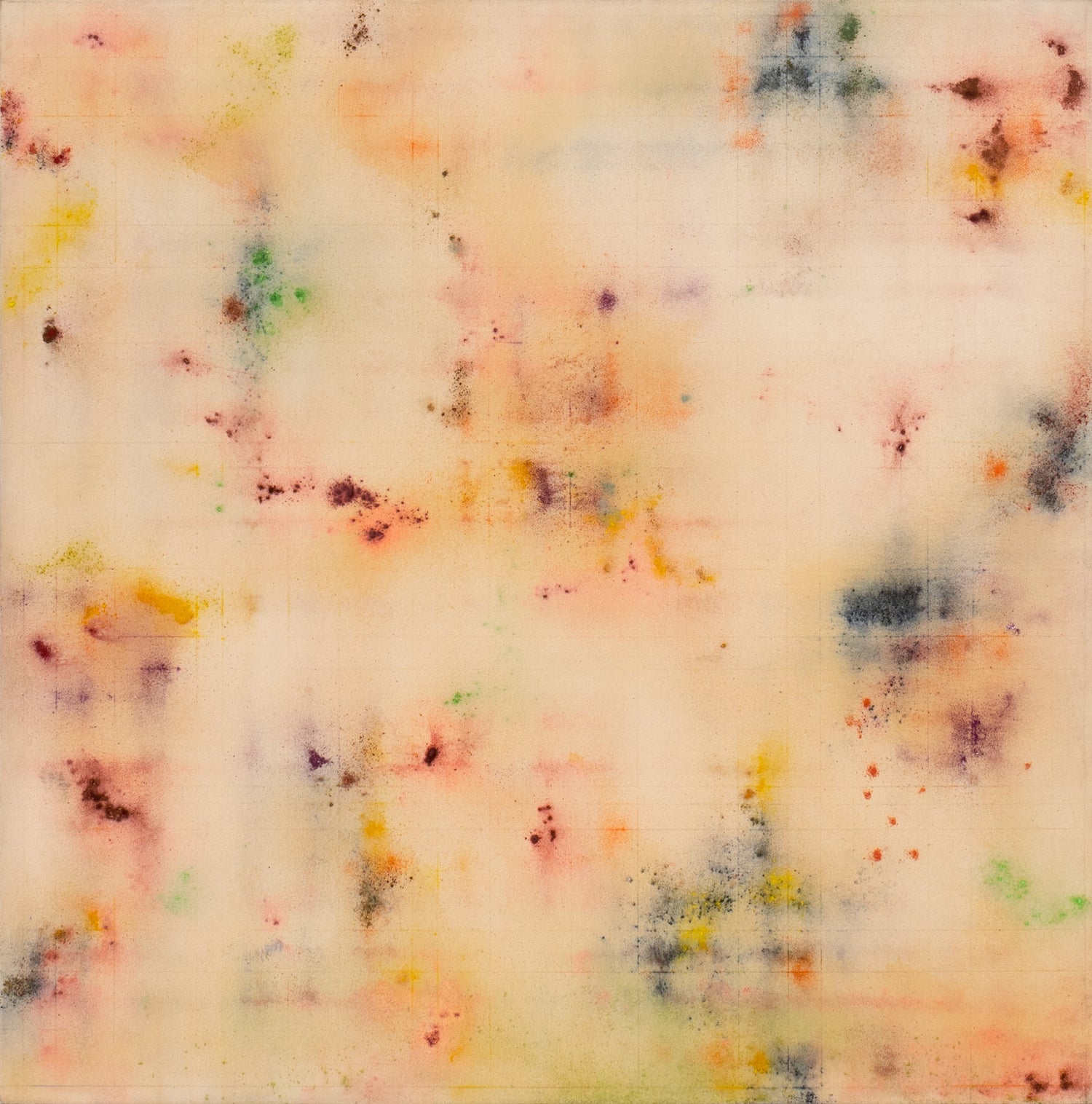 Jeff Way, Untitled, 1970, Pure pigment and acrylic paint on canvas, 66 x 66 in.
Jeff Way, Untitled, 1970, Pure pigment and acrylic paint on canvas, 66 x 66 in.
Jeff Way’s Exhibition at Storage
WW: Currently, Storage is presenting a solo exhibition of works by Jeff Way. Why this artist?
OC: He gained significant recognition for his works in the Whitney Museum of American Art’s first Biennial, and enjoyed a solo exhibition with the museum in 1974. Way’s work remains in the museum’s permanent collection today. He’s a contemporary of Agnes Martin, Mark Rothko, McArthur Binion, and Jack Whitten, who collected Way’s work. He is an artist living and working in a TriBeCa loft down the street from the gallery, where he has lived for over five decades.
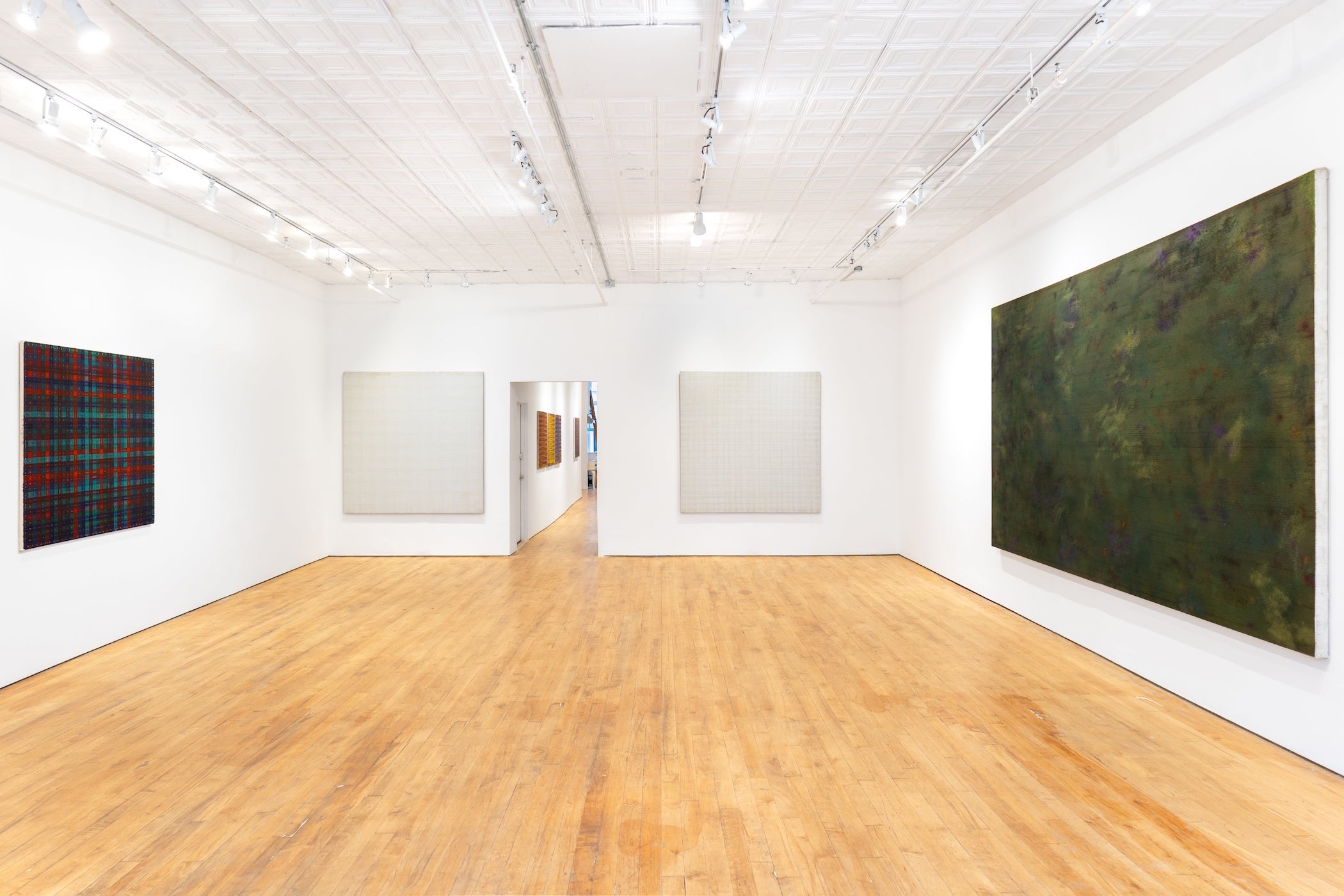 Installation view of Jeff Way’s exhibition “Then & Now: 1970–2024,” courtesy of Storage.
Installation view of Jeff Way’s exhibition “Then & Now: 1970–2024,” courtesy of Storage.
WW: For those in town for fall exhibitions, where would you guide them to go? Any favorite hotels, bars, restaurants, shops, or art spaces?
OC: For hotels, I’m an Airbnb guy. I enjoy home spaces, hence our need to create Storage APT, our apartment gallery on The Bowery. For galleries, visit Welancora, PPOW, Skoto, 52 Walker, James Cohan, Klaus von Nichtssagend, and François Ghebaly. I don’t drink, but Lafayette is an amazing vibe check and it’s also in NoHo, the neighborhood of Storage APT. Please do stop by to see our presentation on your way!
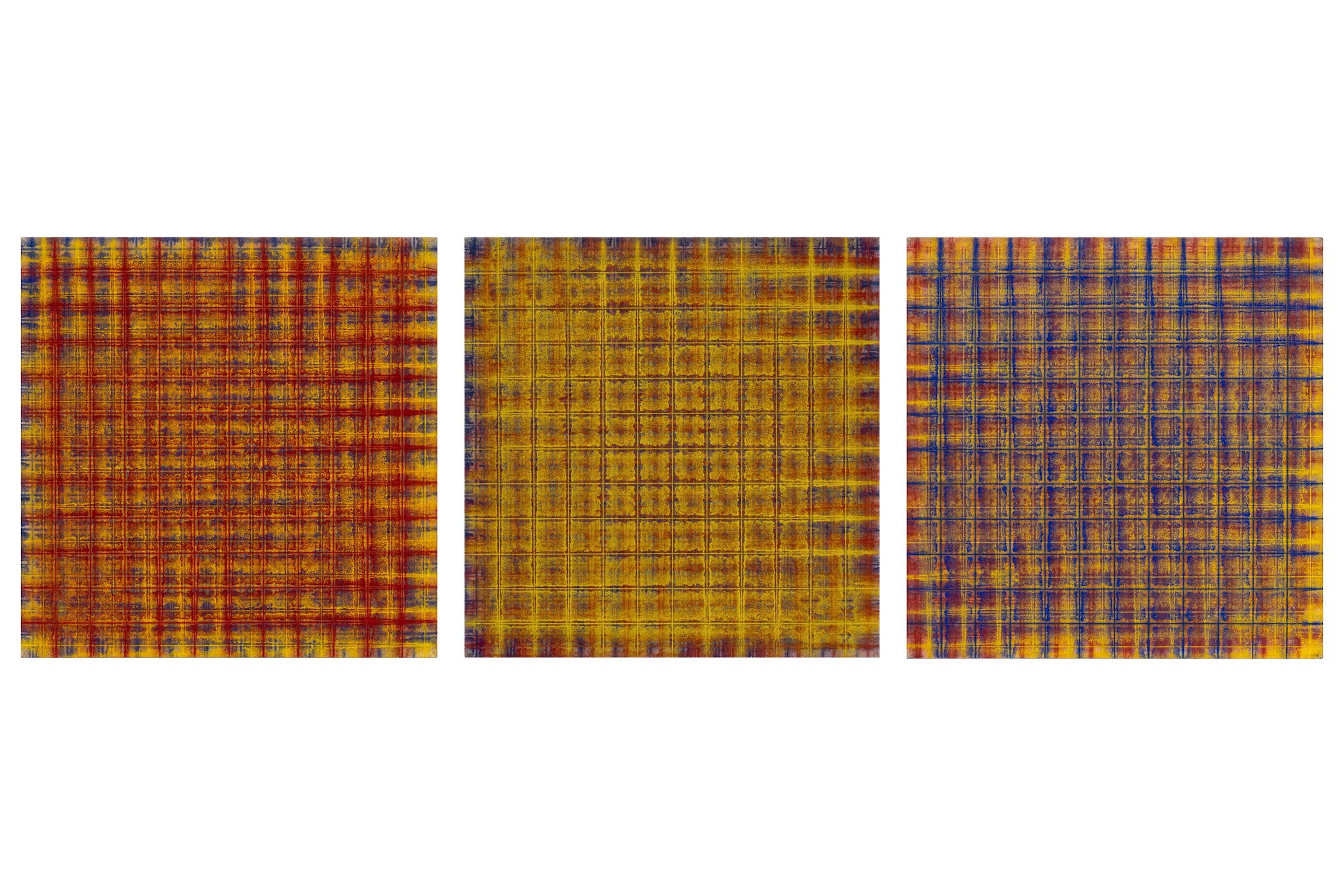 Jeff Way, Primary Variations III, 1973, Pigment and acrylic medium on canvas, 36 x 36 in.
Jeff Way, Primary Variations III, 1973, Pigment and acrylic medium on canvas, 36 x 36 in.
WW: What are you looking forward to experiencing this fall?
OC: I’m looking forward to Storage completing its second year. I’ll also be visiting the Japanese artist Michiko Itatani‘s institutional solo show at the Moss Arts Center of Virginia Tech, an exhibition following her six-month solo presentation at the gallery in October 2023. And as always, I’m excited about meeting and showing new artists and supporting our community in every way I can.
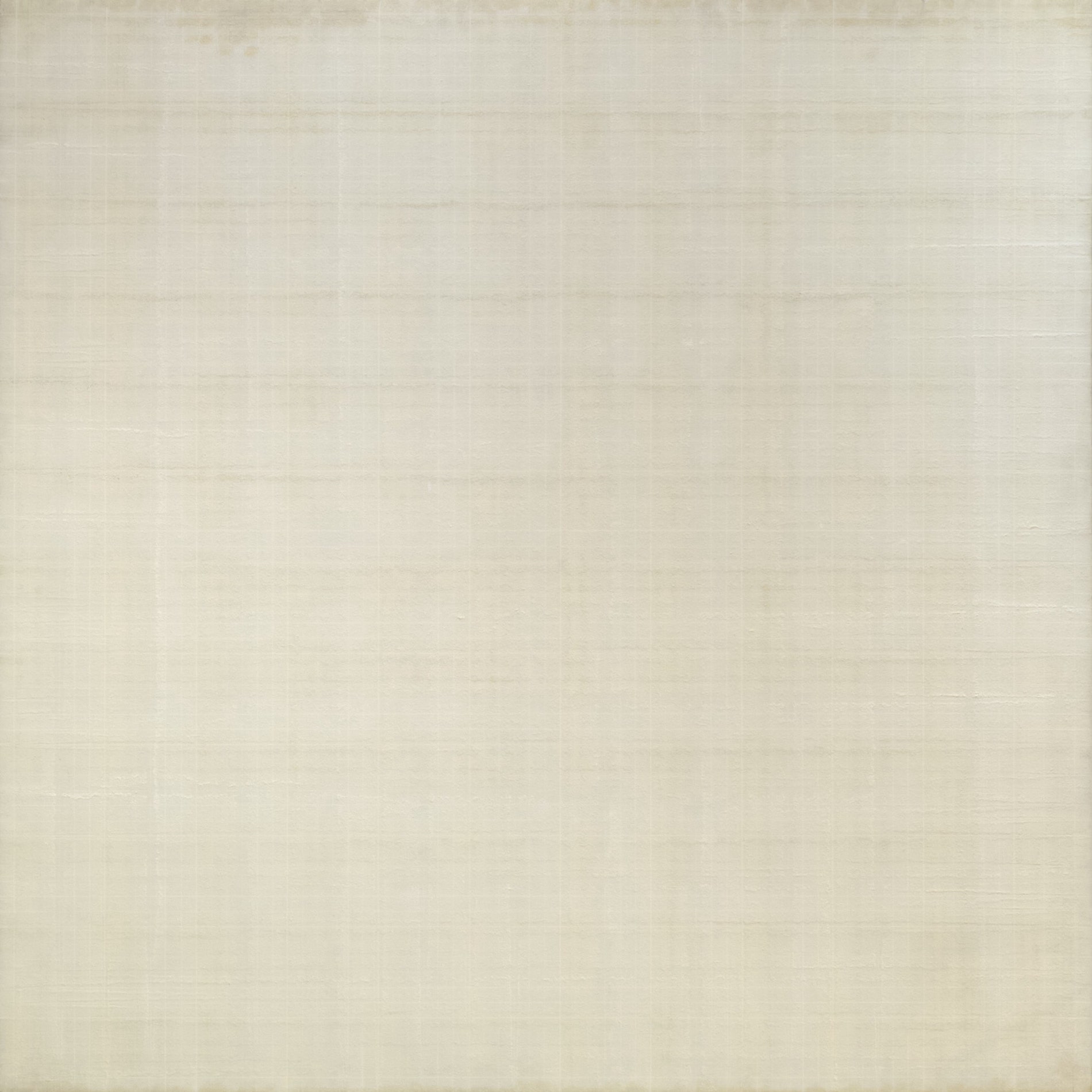 Jeff Way, Ending with a Beginning II, 1972, Pigment and Acrylic Medium on Canvas, 72 x 72 in.
Jeff Way, Ending with a Beginning II, 1972, Pigment and Acrylic Medium on Canvas, 72 x 72 in.






